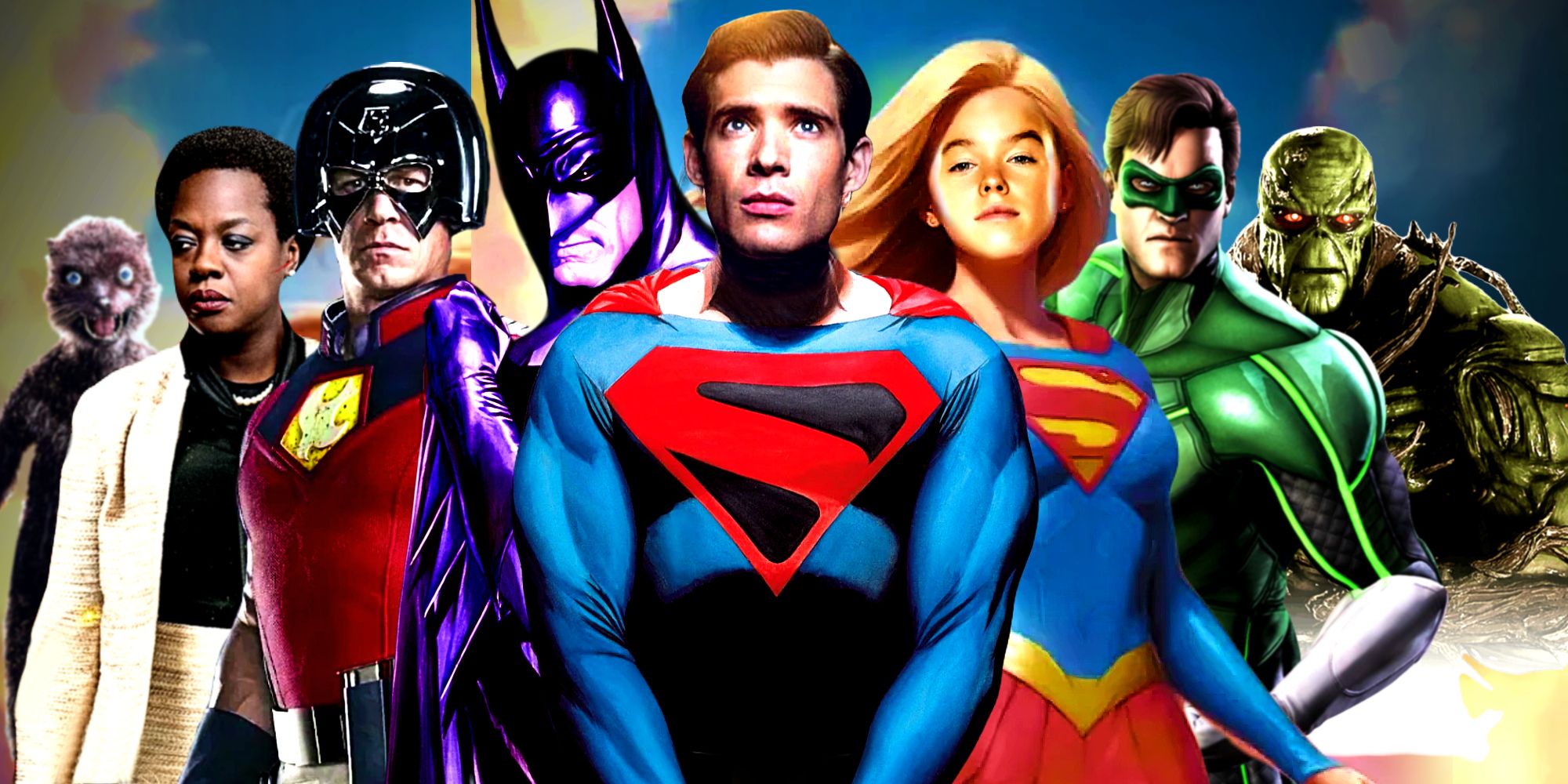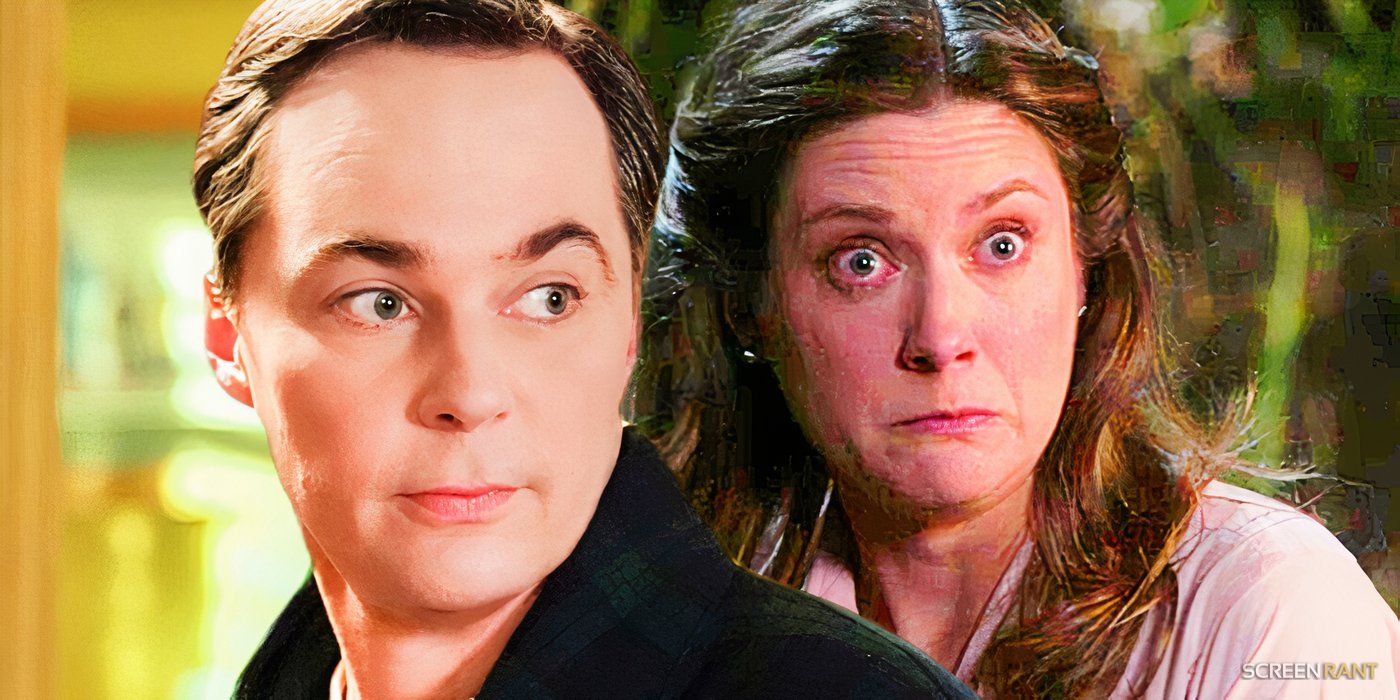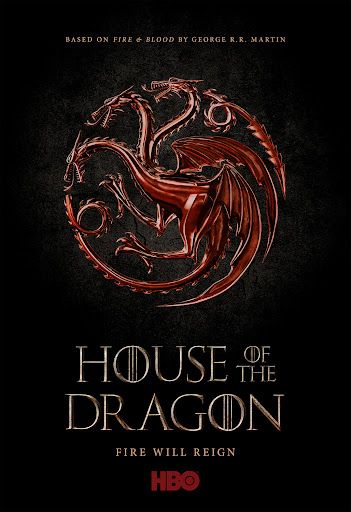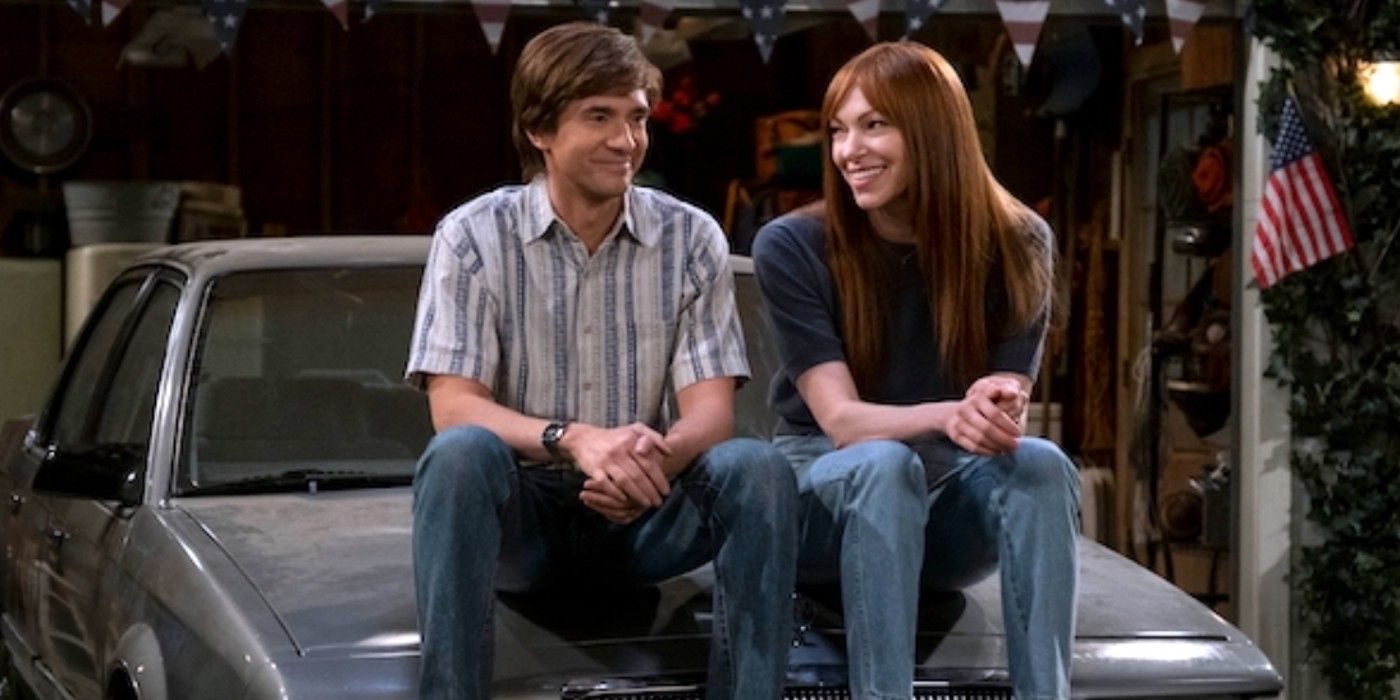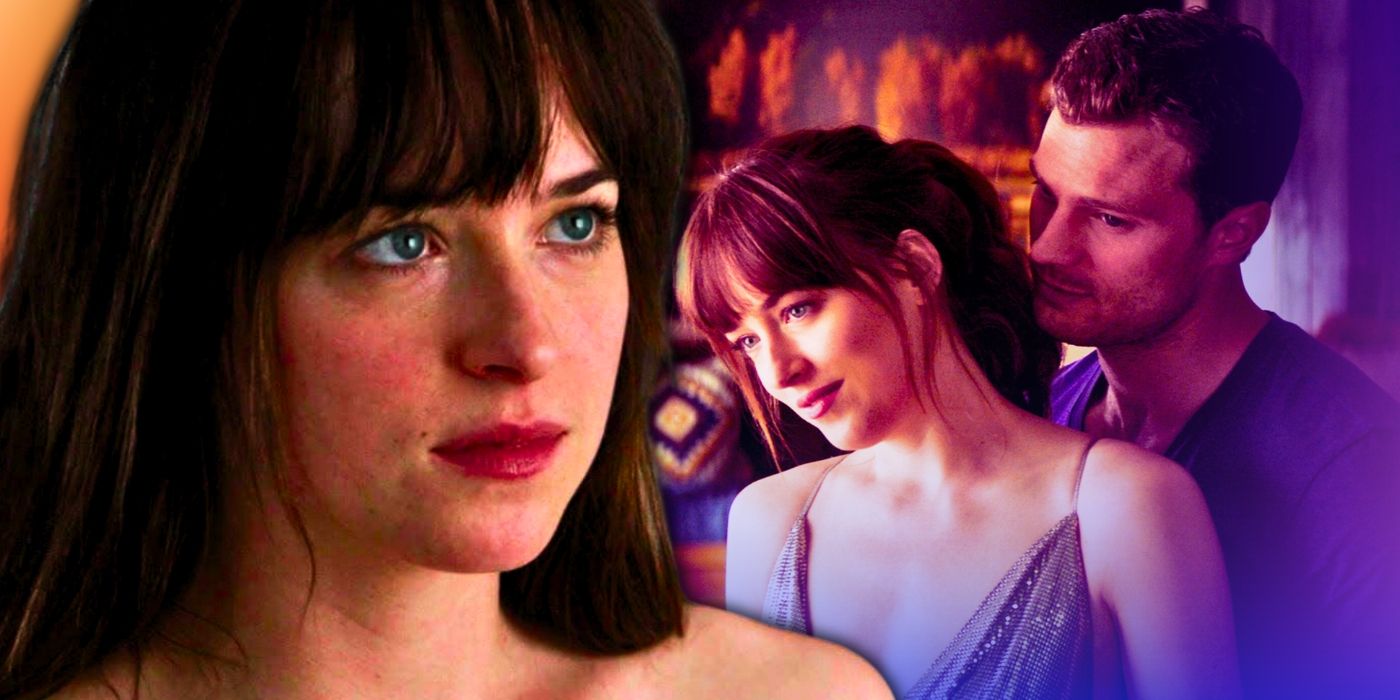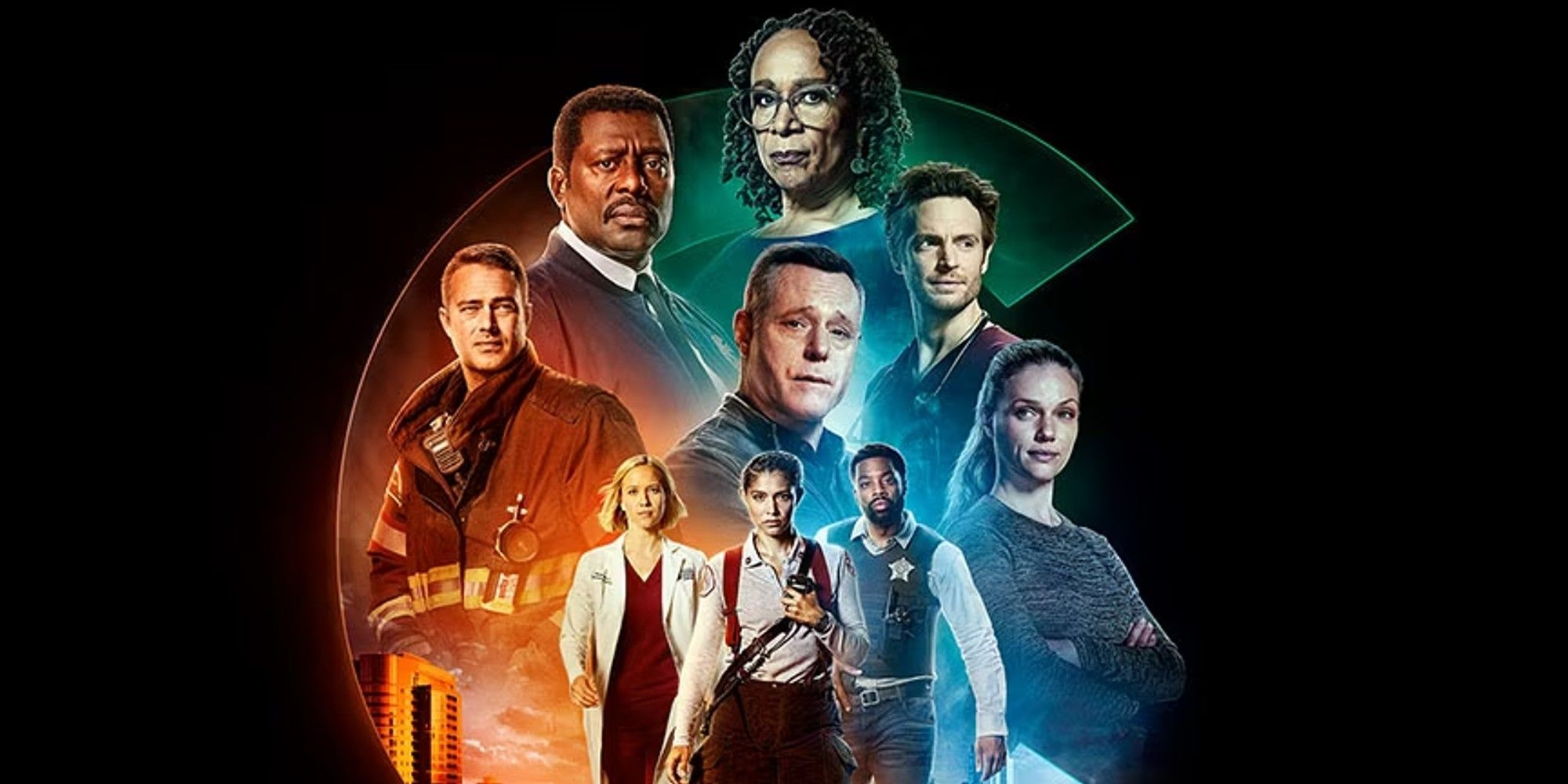With Disney’s live-action reimagining of Mulan becoming available on Premier Access later this month, it seems natural to take a look back at the original animated classic that started it all. The Chinese tale was a huge success for Disney and has created a strong legacy, with the character of Mulan still celebrated in the parks, games and merchandise today.
While fans have likely re-watched the film hundreds of times, there’s still a number of little details that viewers might have missed. Whether it’s based on the characters themselves, animation choices or fun facts relating to the behind the scenes crew, like any Disney animated movie, there are a lot of secrets to uncover.
It’s Based On A Poem
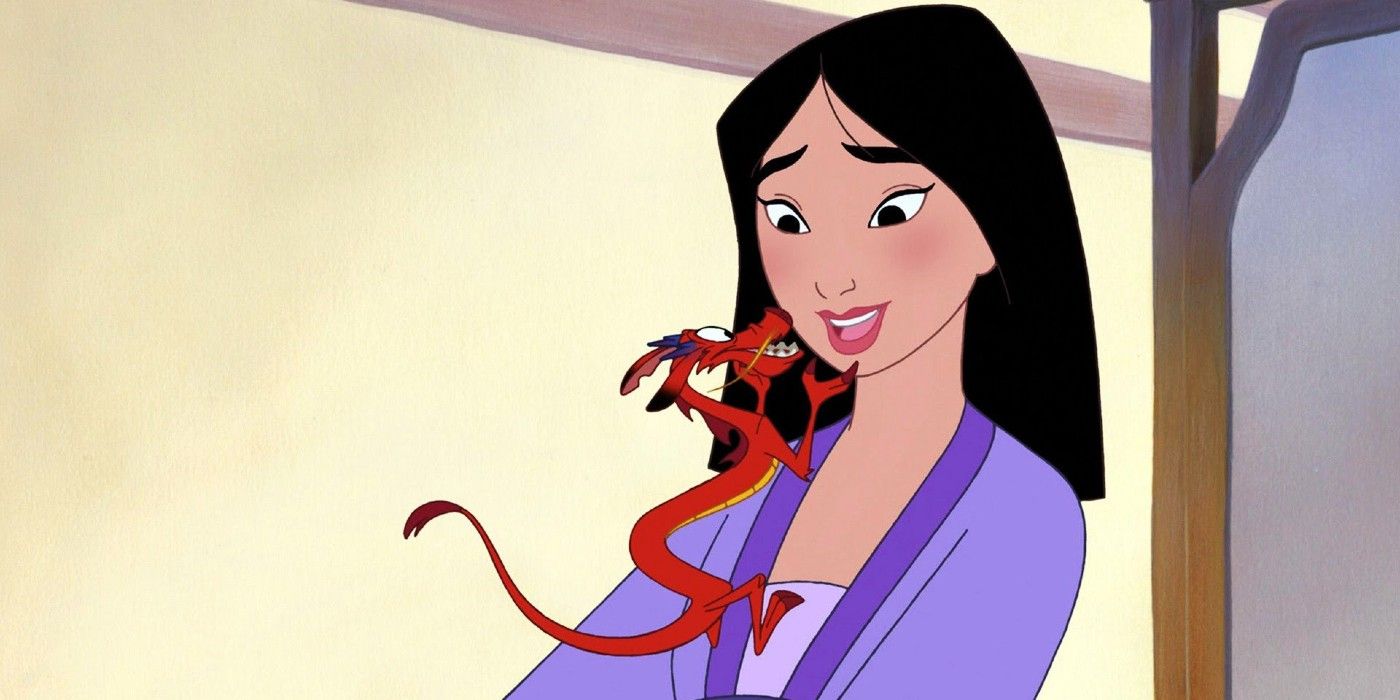
The story of Mulan is partially based on a Chinese poem. The character has been a part of Chinese folklore for generations, although Disney did, of course, put their own spin on the narrative.
The Ballad of Mulan is set during the Northern Wei era and traces a similar tale of the young warrior having to step up for her family. It’s likely that the live-action remake will bring in even more elements from the poem, as it once again creates its own version of events.
Mulan’s Armor
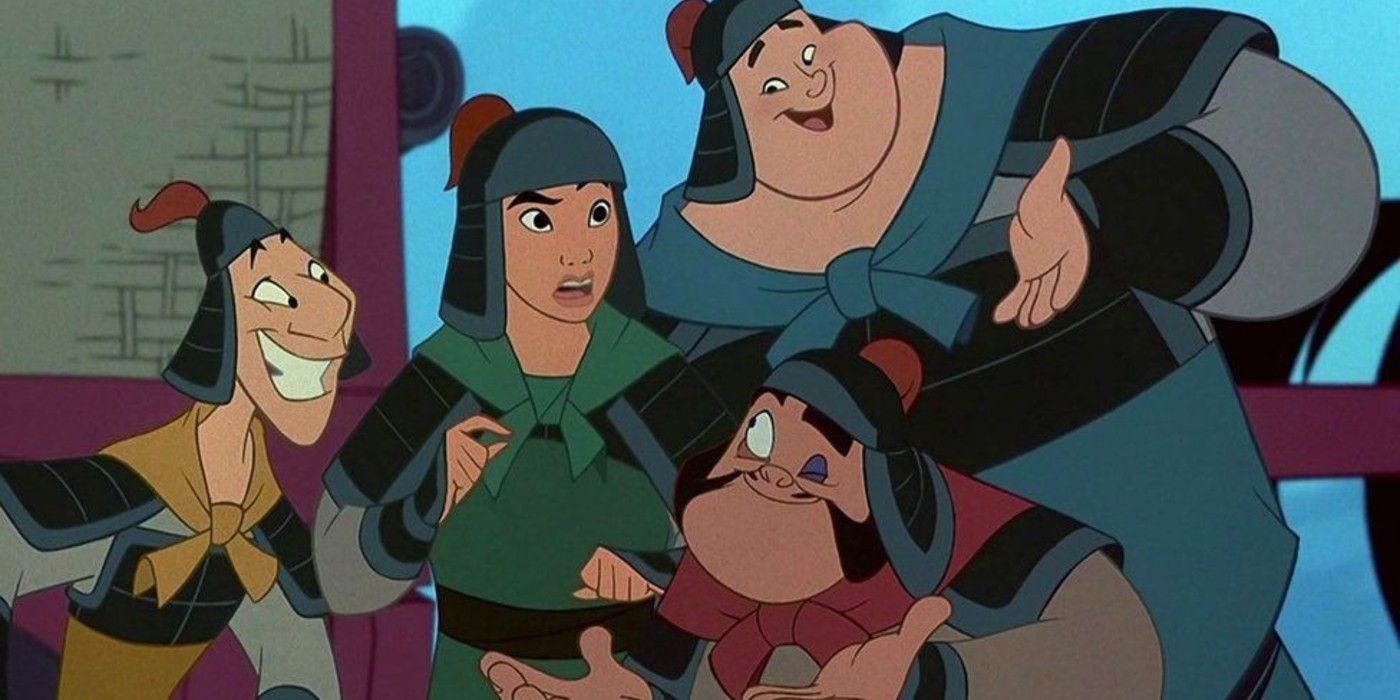
Mulan was always meant to stand out from the crowd. As the only female warrior in the army, it’s clear that there’s going to be some differences between her and her brethren. What’s more, as the leading lady, she eventually saves the day as an individual, without the group.
To demonstrate this further, the young warrior’s armor is slightly different from the male members of the army. Her breastplate is a lot higher, creating a distinctive difference in the shape of the equipment.
American Gothic Reference
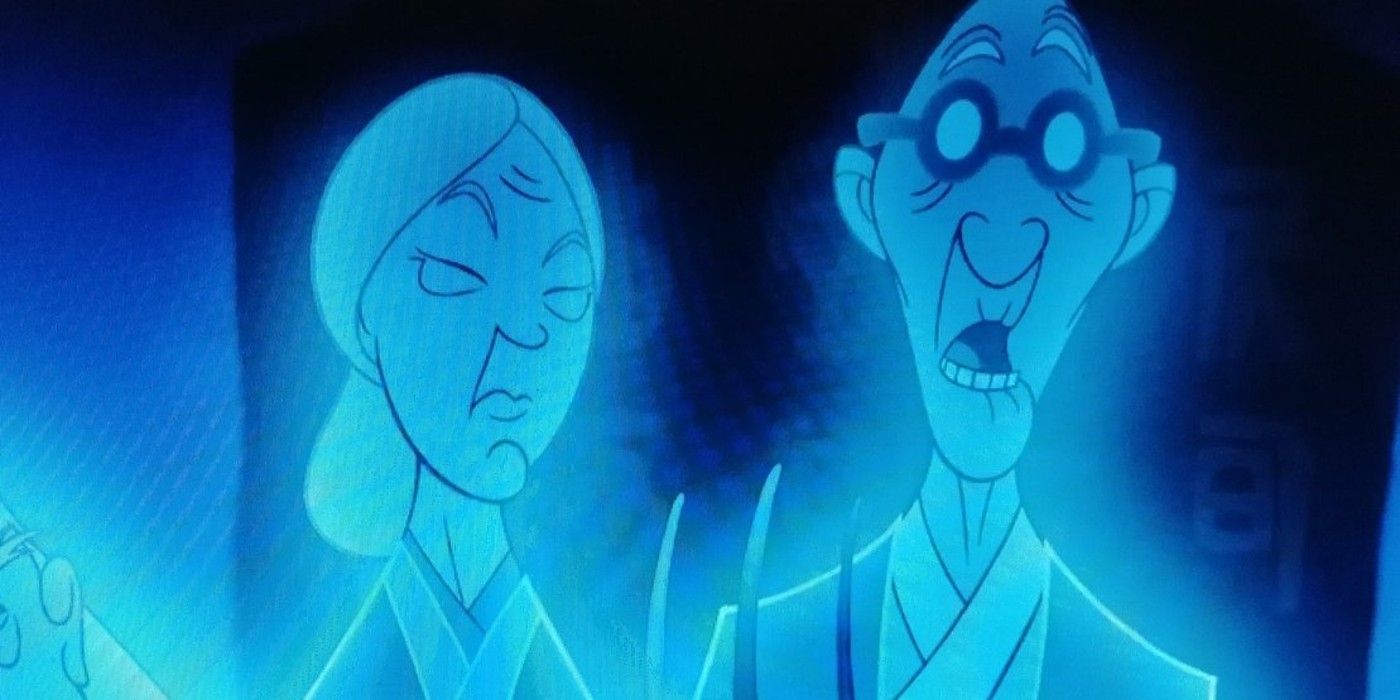
American Gothic is an iconic piece of art that showcases American life in a rural area. The painting showcases an older man and woman, standing with a pitchfork and looking quite forlorn.
There’s a subtle nod to this painting when the ancestors arrive in the film. One older couple looks exactly like the painting. While there aren’t many themes that crossover between the picture and the movie, it does serve as a simple pop culture reference.
Hidden Mickeys
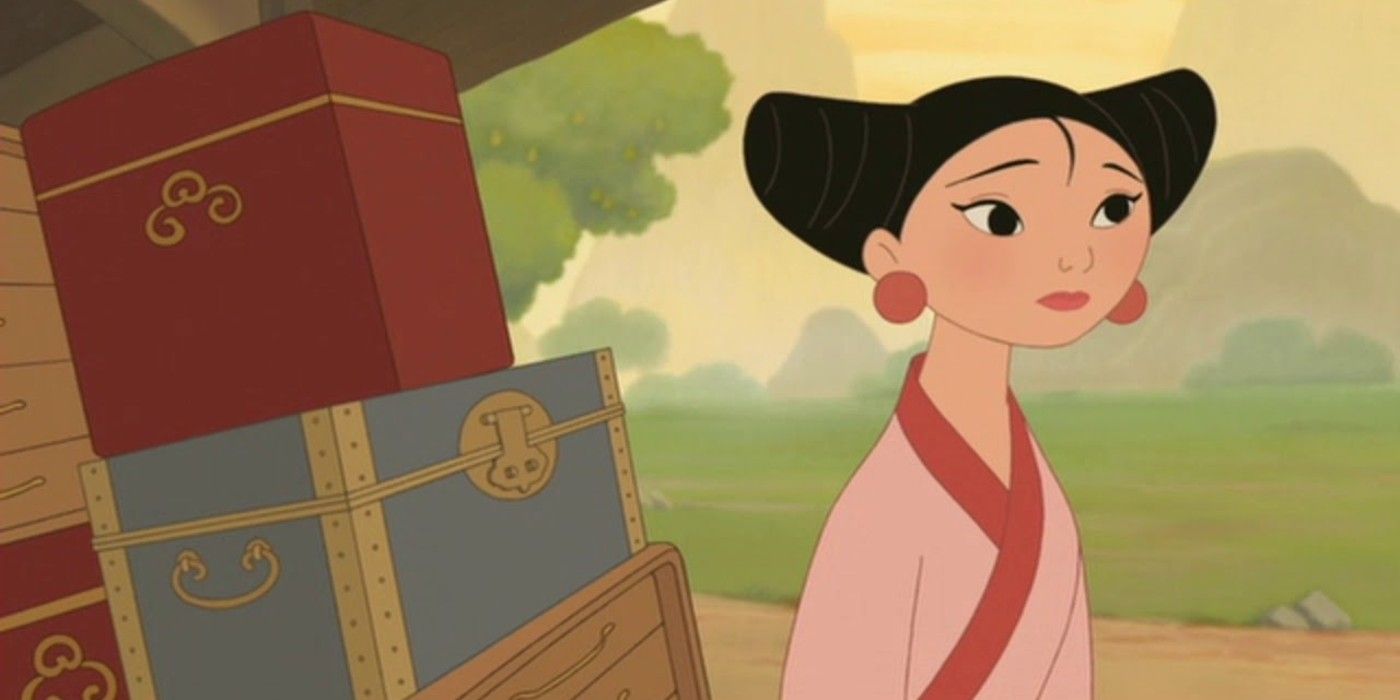
Like any Disney property, there are a number of hidden Mickeys throughout the movie, to demonstrate that the film does of course belong to the House of Mouse. It’s become a staple of their films, forming a secret game that viewers can play.
Two obvious ones can be found on the horse which Mulan and the Captain ride, but another subtle one can be found on the boxes towards the start of the film, with the patterns on the side forming upside-down Mickey heads.
Mulan’s Fingernails
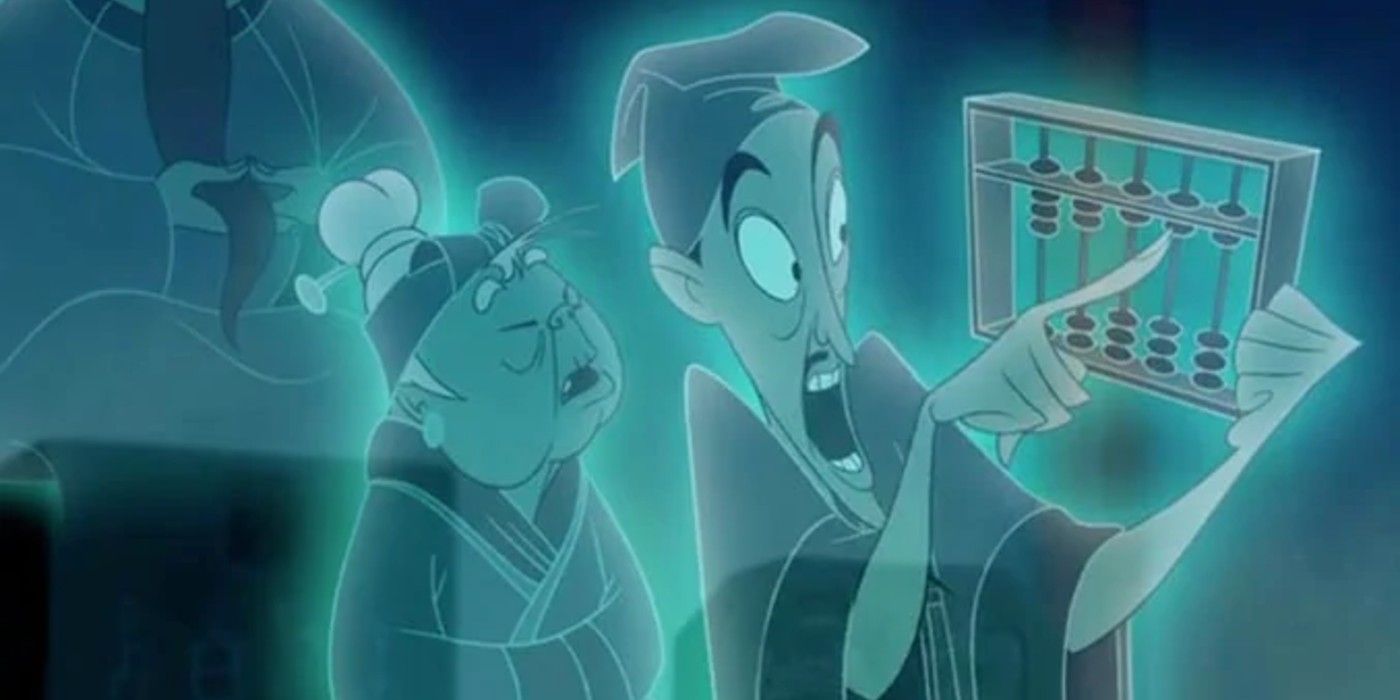
One issue the live-action film won’t have to solve is deciding how to design the character of Mulan. The animated version had the challenge of animating every part of her, including her hands. The animators opted to not include fingernails on the character.
Strangely enough, though, when the ancestors arrive in the film, they actually do have fingernails of their own. This begs the question – did Mulan’s family eventually lose their fingernails for some unknown reason since her ancestors all have them?
Magnolia
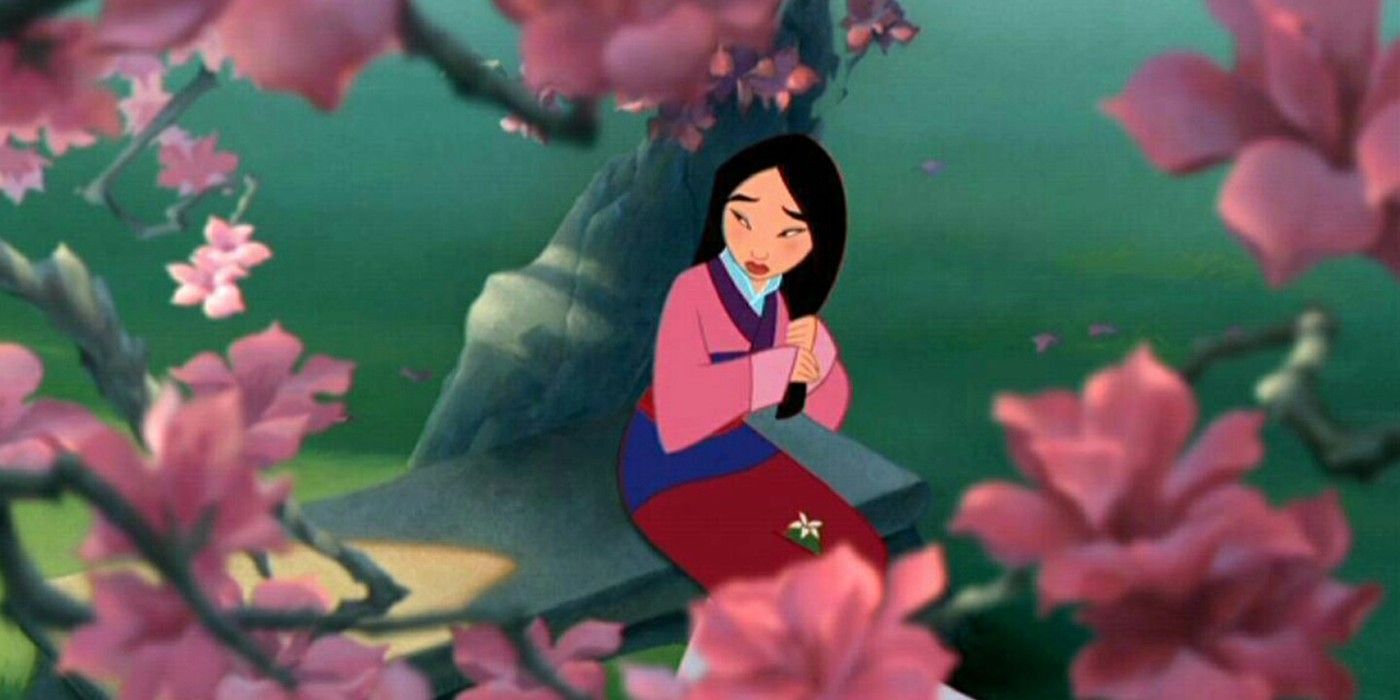
The magnolia is a pretty flower and one that shows up throughout the film. From the flower that Mulan wears in her hair, to the garden that her father likes to find peace in. There’s a specific reason for this choice of flora though.
Mulan is both the name of the character and the name of the film. Mulan is linked to the Chinese word for magnolia, so the plant literally represents the titular character. The character and the flower have been associated for generations.
Not A Princess
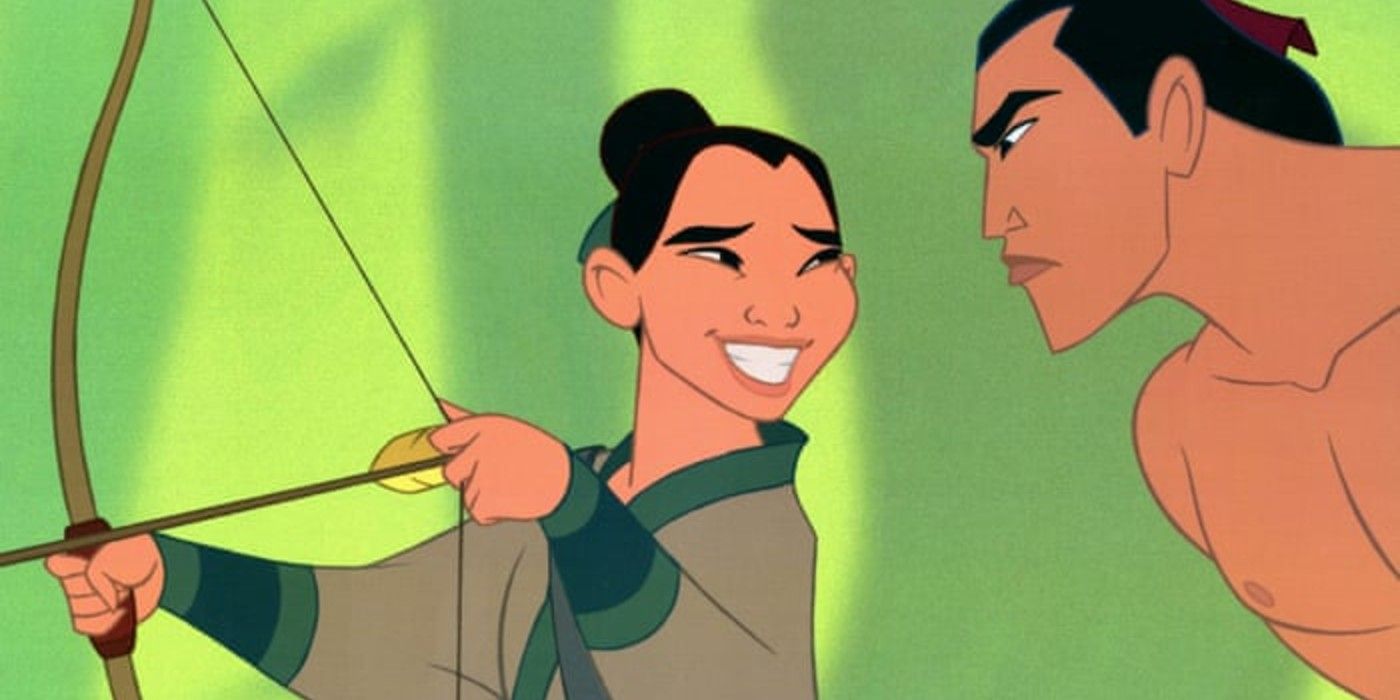
Despite being included in the Disney princess lineup, alongside characters like Moana, Cinderella and Snow White, Mulan isn’t technically a princess. She doesn’t marry a prince, nor is she born into a royal family.
She is named a princess by the Emperor in a very ceremonial way, but is only a princess in name. Of course, what’s more important is that Mulan demonstrates all of the personality traits of a Disney princess, demonstrating she is worthy of the title.
Directorial Cameo
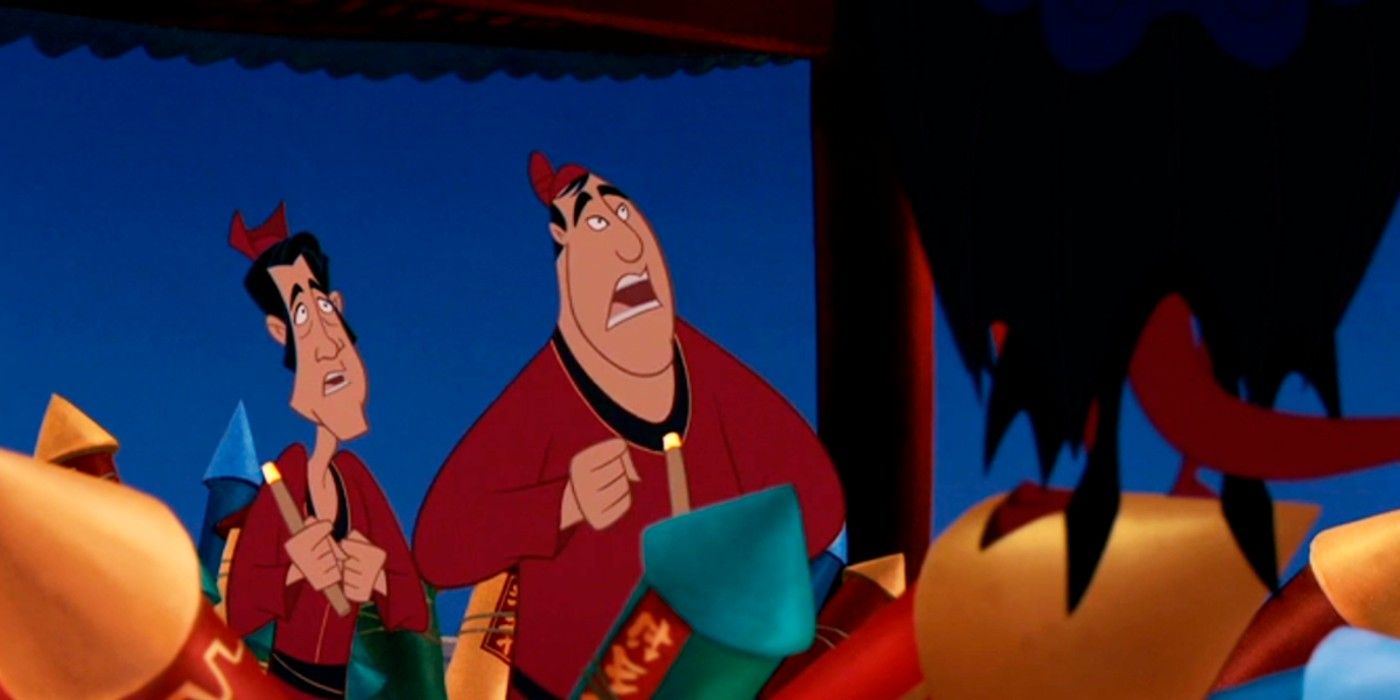
Directors often love to cameo in their own films. However, in an animated film, it’s not an easy thing to just jump in front of the camera. The life of a director is full of putting together difficult dialogue and complex action sequences, so a cameo is likely not usually on the cards.
In an animated film, this becomes even more complex when everything must be hand-animated. However, the directors were lucky enough to get themselves in the film, working with the fireworks towards the end of the movie.
Reflective Credits

“Reflection” is one of the main songs in the film. It catapulted Christina Aguilera into superstardom and will once again be featured in the credits of the live-action version. But the “Reflection” sequence holds another secret.
When Mulan stares into the mirror full of Chinese writing, it’s a powerful moment. It’s not common for viewers to pay attention to the writing during this emotional scene. However, the words on the mirror actually reference multiple members of the production team!
Mulan Quan
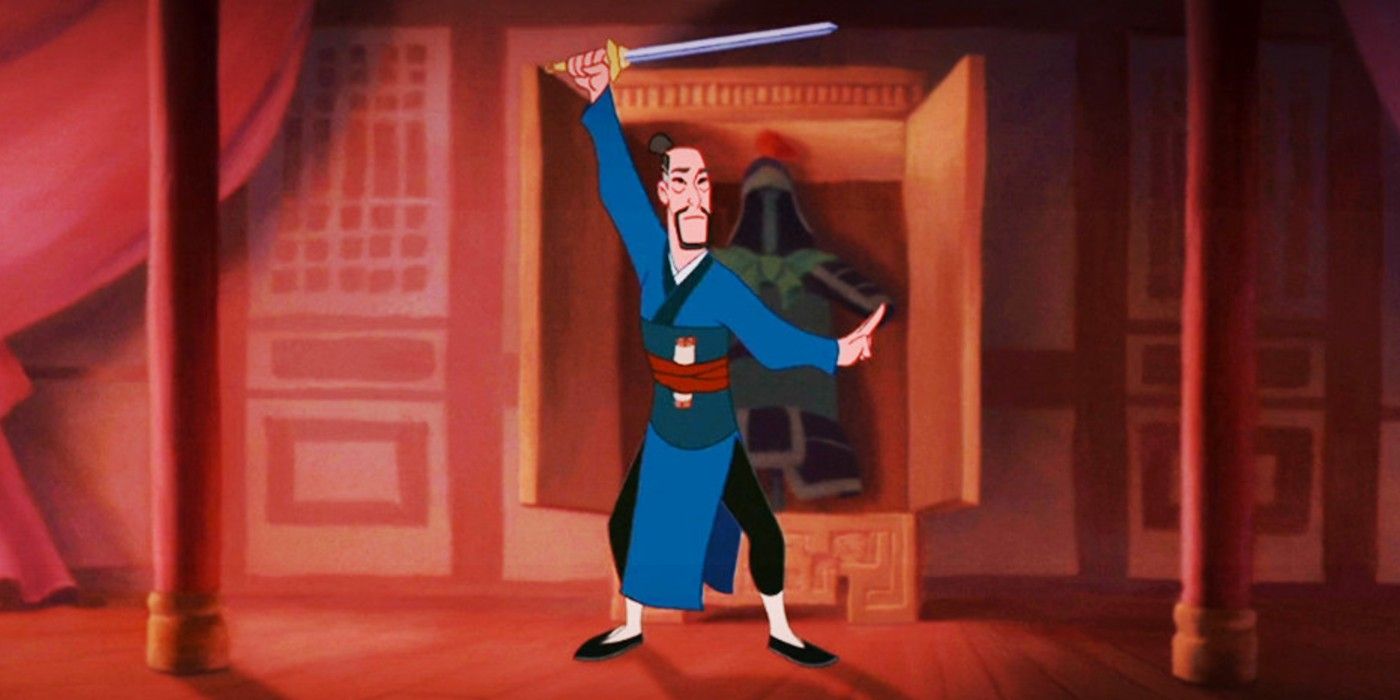
Mulan’s father is all set to go into battle, working on his own combat style before having to join the army once more. Of course, he is unable to complete this, which leads to his daughter taking his place.
The style of combat that he uses is known as Mulan Quan. This is an ancient style that is named after the strong female warrior herself!
